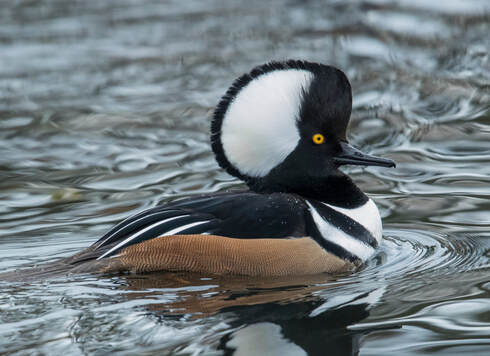|
By Steve Phenicie
Probably no Pilgrim ever said to a Native American: “Would you like to come over for Thanksgiving dinner? We’re having Hooded Merganser.” The Pilgrims are known to have eaten “waterfowl” at their famous feast, but Hooded Merganser might not have been a top choice. Mergansers are the only ducks that specialize in eating fish, and because of that, their flesh is said to have a fishy taste that many people find unpalatable. But most people are more interested in looking at these handsome birds than eating them anyway. Both sexes have crests that give them a punk-rocker appearance. They have thin, serrated bills, with males having a black head with a large white patch that varies in size when the crest is raised or lowered but is always prominent. The breast is white and the back a rich chestnut. Females and immatures are gray and brown, with tawny-cinnamon tones on the head. For habitat, Hooded Mergansers like shallow ponds, especially those where they can tuck in around the edge and find some cover. They may be in more open marsh habitats if artificial nest sites, such as those offered to Wood Ducks, are available. The nest site is typically in a tree cavity near the water, usually 10 to 50 feet above ground, but rarely up to 80 feet or more. In addition to fish, mergansers like crayfish and other crustaceans, aquatic insects, tadpoles, mollusks, and small amounts of plant material. Young ducklings eat mostly insects. This bird is especially common around the Great Lakes, although it is also widespread elsewhere. Year-round populations occur in two ranges: One extends from Nova Scotia to eastern Oklahoma and northern Louisiana. A second includes parts of southern British Columbia, Washington state, and patches of Oregon and western Montana. The Hooded Merganser is a short-distance migrant, with the majority wintering along the Mississippi Flyway in the south-central U.S. Some places in metro Atlanta you might see them are E.L. Huie and other Clayton County sites such as Lakes Blaylock and Shamrock. Other areas in the state are Harris Neck National Wildlife Refuge, Dooly County Road Farm Pond, Carter's Lake, and Altamaha Wildlife Management Area. Some cool facts about Hooded Mergansers:
0 Comments
Your comment will be posted after it is approved.
Leave a Reply. |
AuthorBirds Georgia is building places where birds and people thrive. Archives
April 2024
Categories |


 RSS Feed
RSS Feed

